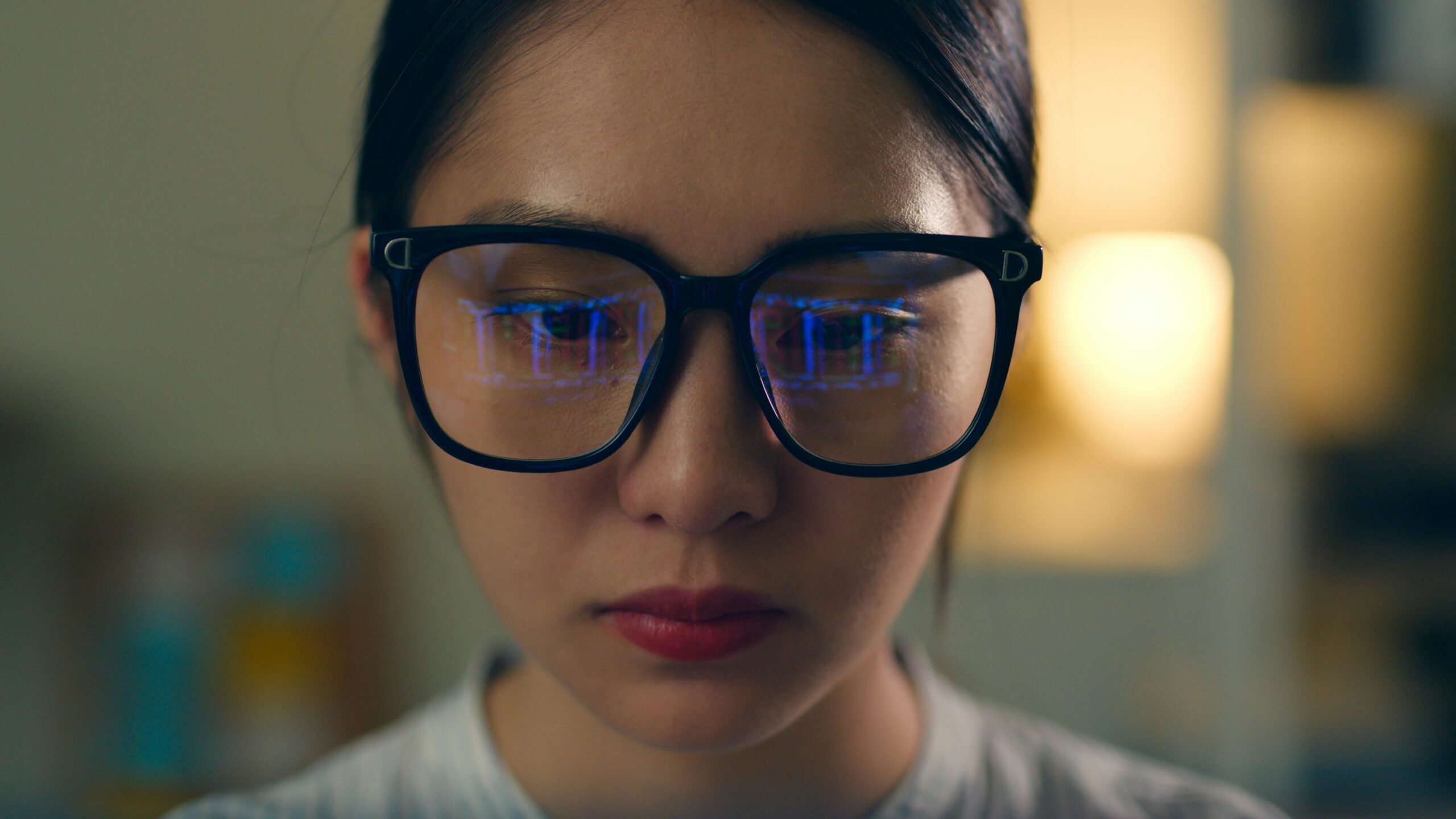In today’s digital age, discussions around the impact of blue light on our health have become increasingly prevalent. With so many screens in our lives—from smartphones and tablets to computers and TVs—understanding the myths and facts about blue light blocking is crucial.
Understanding Blue Light
Blue light is a part of the visible light spectrum with a wavelength between 400 and 495 nanometers. It is everywhere, from natural sunlight to artificial lighting and electronic screens. While blue light plays a role in regulating our sleep-wake cycle, excessive exposure, especially from screens, has raised concerns.
Common Myths About Blue Light
Myth 1: All Blue Light Is Bad
Not all blue light is harmful. In fact, blue light during the day can boost alertness and improve mood. It’s the excessive exposure to artificial blue light at night that can be disruptive.
Myth 2: Blue Light Causes Permanent Eye Damage
There’s no conclusive evidence that blue light causes permanent eye damage. However, prolonged exposure can lead to digital eye strain, which includes symptoms like headaches, blurred vision, and dry eyes.
Myth 3: Blue Light Blocking Glasses Fix Everything
While blue light blocking glasses can reduce digital eye strain, they’re not a cure-all. Maintaining good screen habits is equally important.
Facts About Blue Light
Fact 1: Blue Light Affects Sleep
Exposure to blue light in the evening can interfere with the production of melatonin, a hormone that regulates sleep. This can make it harder to fall asleep and reduce sleep quality.
Fact 2: Digital Eye Strain Is Real
The American Optometric Association confirms that prolonged screen time can lead to digital eye strain. Symptoms include eye discomfort, headaches, and blurred vision.
Fact 3: Simple Adjustments Can Help
Adjusting screen brightness, taking regular breaks, and using blue light filters can mitigate the impact of blue light exposure.
Expert Opinions
According to the American Academy of Ophthalmology, “There’s no evidence that blue light from digital devices causes damage to your eyes.” However, they recommend using the 20-20-20 rule to reduce eye strain: every 20 minutes, look at something 20 feet away for at least 20 seconds.
Research Findings
A study published in the Journal of Adolescent Health found that blue light exposure before bedtime significantly impacted sleep duration and quality among teenagers. Reducing screen time before bed improved their sleep patterns.
Personal Anecdotes
As a content creator, I spend hours in front of screens daily. Initially, I experienced constant eye strain and headaches. After incorporating blue light blocking glasses and taking regular breaks, my symptoms significantly reduced.
Actionable Tips
- Use blue light filters on your devices.
- Take regular breaks using the 20-20-20 rule.
- Reduce screen time before bed.
- Maintain a comfortable screen brightness.
FAQs
Frequently Asked Questions
What is blue light?
Blue light is a part of the visible light spectrum that has a wavelength between 400 and 495 nanometers. It’s present in natural sunlight and is emitted by digital screens.
Can blue light blocking glasses help with sleep?
Yes, they can help by reducing blue light exposure in the evening, which can improve melatonin production and sleep quality.
Are there any side effects of wearing blue light blocking glasses?
Generally, there are no significant side effects, but some people may experience slight color distortion.
Is it necessary to block all blue light?
No, it’s not necessary to block all blue light. Moderation and good screen habits are key.
Do blue light filters on devices work?
Yes, blue light filters can be effective in reducing blue light exposure from screens.
How can I reduce digital eye strain?
Take regular breaks, adjust screen brightness, use blue light filters, and maintain a proper distance from the screen.
Can blue light cause headaches?
Prolonged exposure to blue light can contribute to digital eye strain, which may result in headaches.
Are there other ways to improve sleep besides blocking blue light?
Yes, maintaining a regular sleep schedule, creating a comfortable sleep environment, and reducing caffeine intake can also help improve sleep.
Conclusion
Blue light blocking is a topic filled with myths and facts. While it’s important to be aware of the potential impacts of blue light, especially on sleep and eye strain, simple adjustments can make a significant difference. By understanding the truth behind blue light and implementing practical tips, you can protect your eyes and improve your overall well-being.




Leave a Reply